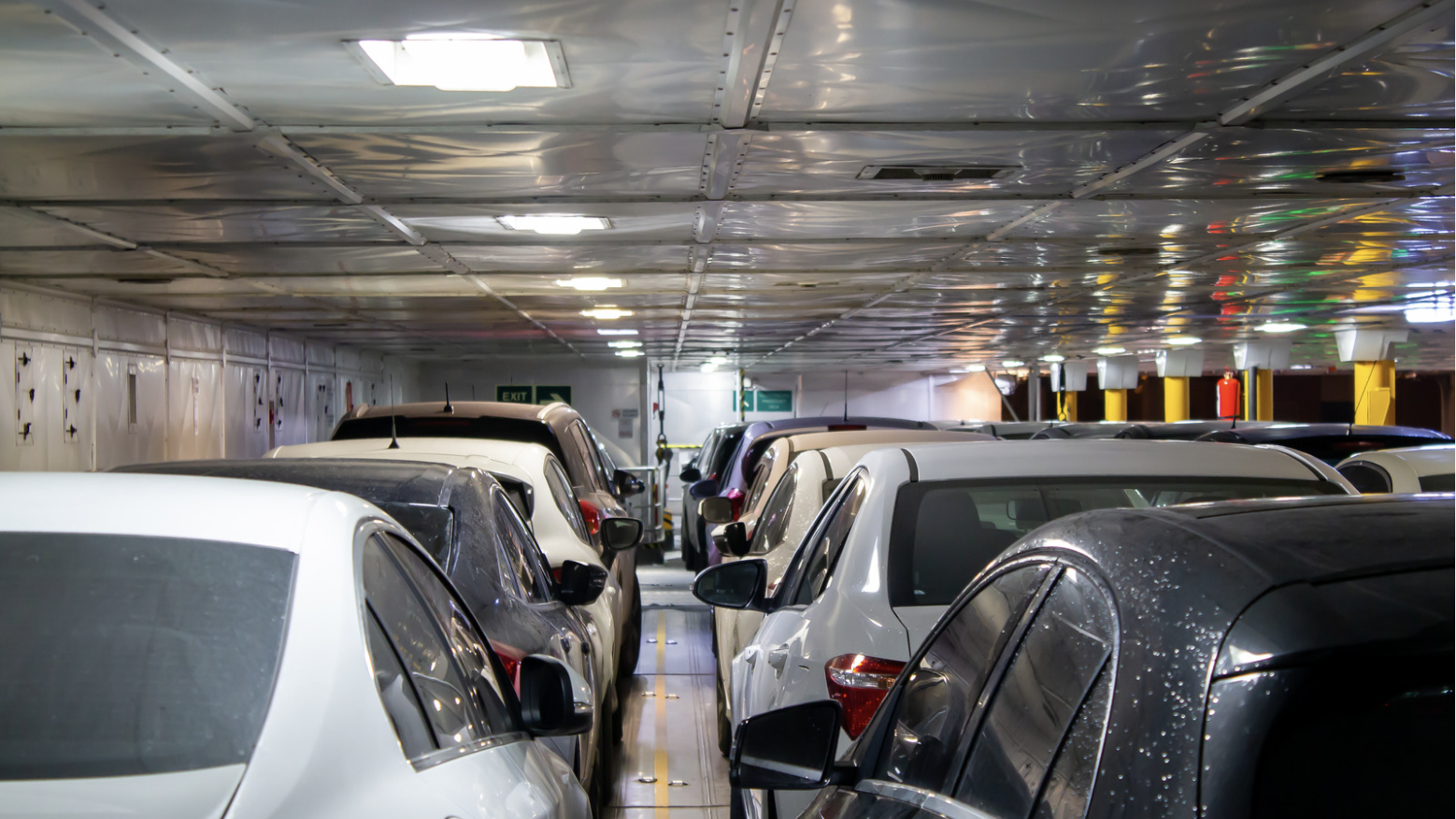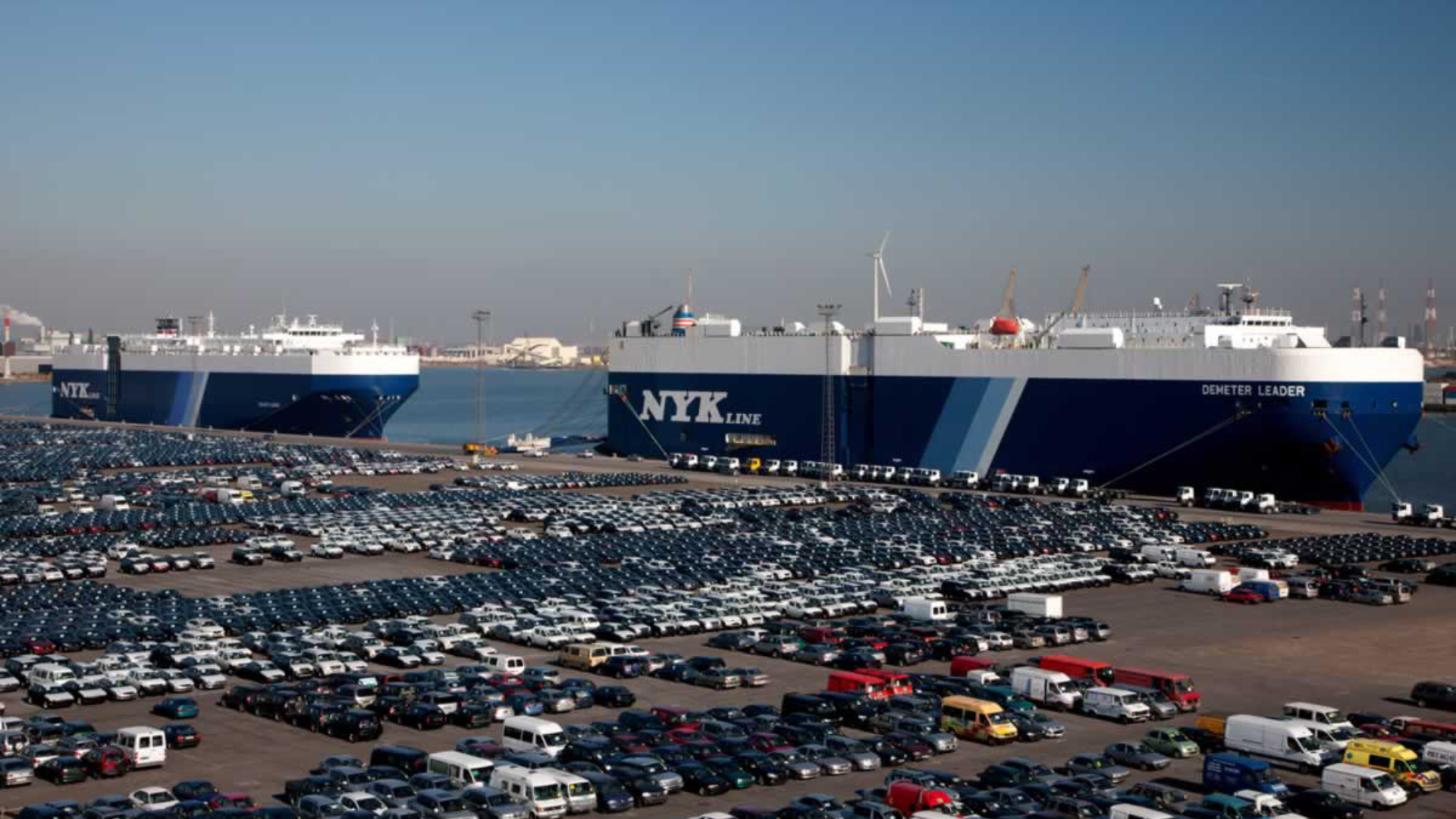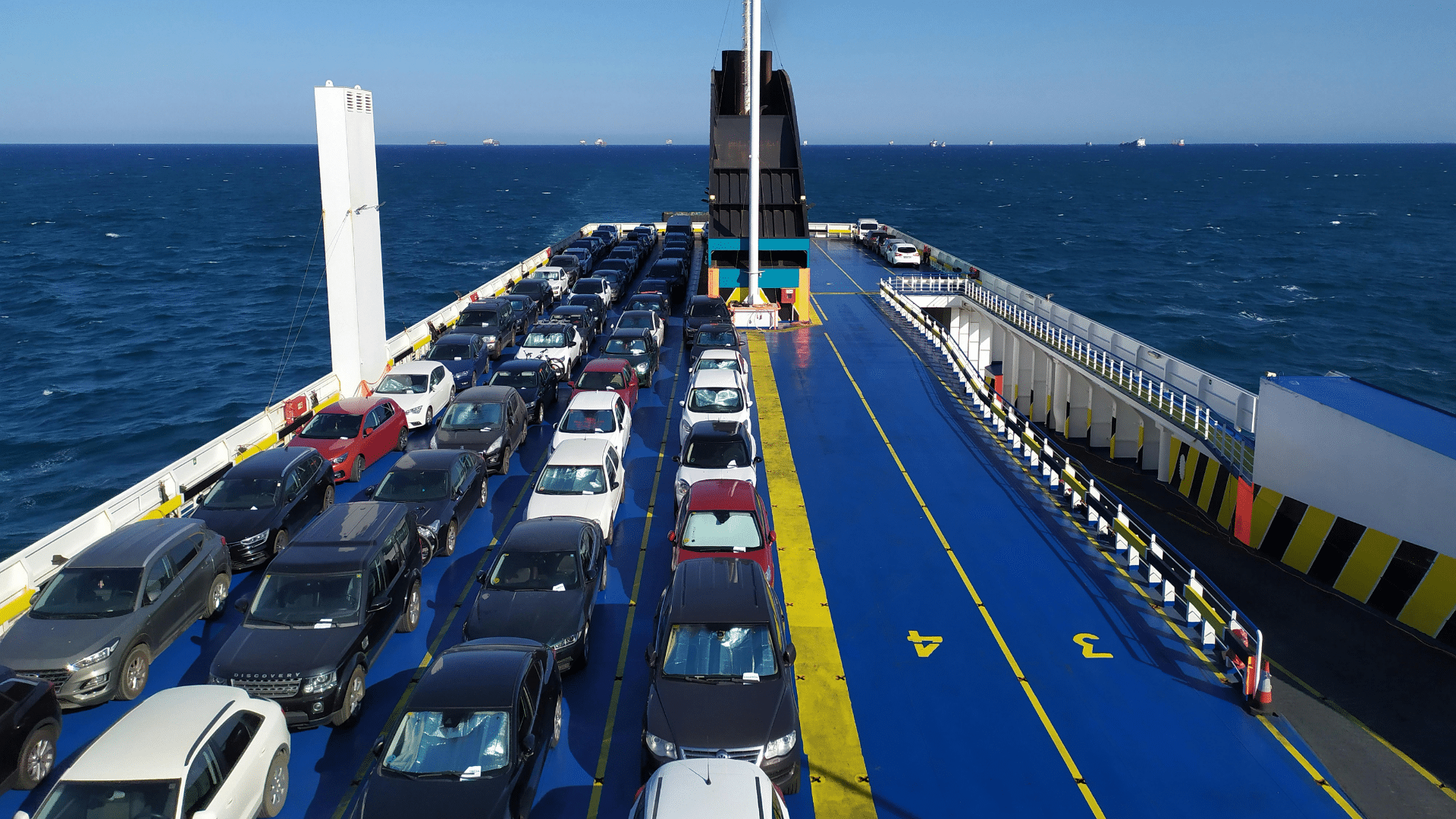When I started learning about military car shipping, I quickly saw how many steps are involved and how stressful it can feel during a PCS move.
Between handling orders, booking shipments, and preparing the car, there’s a lot to keep track of. That’s why I put this guide together – to keep things simple and clear.
I’ll explain how the PCSmyPOV program works, what paperwork you’ll need, and how shipping through ports is handled.
I’ll also cover timelines, costs, and storage options, along with tips for finding reliable car shipping companies.
The goal is to give you the key details in plain language so you can feel prepared and confident when it’s time to ship your vehicle.
Military Car Shipping: Overview, Eligibility & How It Works
Military car shipping is the process of moving your personal vehicle, often called a POV, when you get new PCS orders.
The military knows that having your car at your new duty station makes life easier, so in some cases, they cover the cost of shipping it. Usually, this happens if you’re moving overseas.
Not everyone qualifies for government-paid shipping. Active-duty service members are the main group, and in certain situations, DoD civilians can also be eligible.
If your move isn’t covered, you can still ship your car on your own by hiring a private company.
The system may sound complex, but it really comes down to your PCS orders, your location, and the rules set by the program.
PCSmyPOV: Step-by-Step Guide to the DoD POV Program

I’ve used PCSmyPOV before, and I know how helpful it is once you understand the process. Let me walk you through each step so you know what to expect.
1. Check Orders & Entitlements
The first step is looking at your PCS orders. These orders confirm if you’re allowed to ship a vehicle at government expense.
Most service members moving overseas qualify to ship one POV, but it’s always good to double-check with your Transportation Office or Personal Property Shipping Office.
They’ll explain your entitlements and answer questions about rules for your specific duty station. Having clarity early on helps you avoid surprises later in the process.
2. Create Your PCSmyPOV Account & Book an Appointment
Once your eligibility is confirmed, go to the PCSmyPOV website and set up an account. From there, you can schedule an appointment at a Vehicle Processing Center (VPC). This appointment is required to hand over your car for shipment.
During booking, you’ll choose the drop-off location and date that works best for your schedule. Making your appointment early gives you more flexibility, especially during the busy summer PCS season.
3. Documents to Bring
When you head to your VPC appointment, bring everything you need: PCS orders, military ID, vehicle registration, and the title.
If the car is financed or leased, you’ll also need a letter of authorization from your lienholder. Having the right paperwork avoids delays or even a rejected shipment.
I recommend making copies just in case something gets misplaced, because having backups can save you stress at the last minute.
4. Vehicle Inspection & Condition Rules
Your car must pass an inspection before it can be shipped. This means the car needs to be clean, free of personal items, and in good working order.
Most programs require the gas tank to be no more than one-quarter full. They also check for leaks or damage, so make sure you handle small fixes ahead of time.
Removing anything loose or non-factory accessories helps prevent damage during transport and keeps the process smooth.
5. Pick-Up, Tracking & Delivery Window
Once your vehicle is handed over, you’ll receive tracking information through PCSmyPOV. This lets you follow your car’s journey and gives an idea of when it will arrive.
Delivery times vary depending on where you’re moving, but the staff can give you an estimated window. When your car arrives, you’ll do another inspection to make sure nothing was damaged.
If there are issues, you can file a claim right away, so documenting your vehicle’s condition before shipping is very important.
PCS Vehicle Shipping: CONUS vs. OCONUS
PCS vehicle shipping can feel confusing because rules are different depending on where you’re headed. Below is a simple breakdown so you can see the differences at a glance.
| Type of Move | Who Pays | Common Method | Timeline | Key Notes |
|---|---|---|---|---|
| CONUS (within the U.S.) | Usually member pays | Drive yourself or hire a private carrier | A few days to 2 weeks | The government rarely covers car shipping within the U.S. |
| OCONUS (overseas) | The government often pays for one POV | Ship via port (Ro-Ro or container) | Several weeks to months | Only one vehicle is covered; extra cars are at your expense |
PCS car shipping feels less stressful once you know the difference. With the right planning, you can set your expectations early and focus on settling into your new duty station.
Military Car Shipping Ports: U.S. Gateways & Common OCONUS Hubs

I found that knowing which ports handle most military car shipping makes planning a lot easier. These ports serve as the main gateways for vehicles moving to and from overseas duty stations.
| Region | Key Ports | Notes |
|---|---|---|
| East Coast (U.S.) | Baltimore, MD; Brunswick, GA | High-volume hubs; commonly used for Europe and the Middle East moves |
| West Coast (U.S.) | Seattle/Tacoma, WA; Long Beach, CA | Main departure points for Pacific and Asia routes |
| Europe (OCONUS) | Bremerhaven, Germany | Major entry hub for vehicles going to and from Europe |
| Asia (OCONUS) | Yokohama, Japan | Handles many shipments tied to Pacific duty stations |
| Mediterranean (OCONUS) | Piraeus, Greece | Gateway for Southern Europe and nearby bases |
By understanding the role of these ports, you’ll be able to set better expectations for shipping timelines and plan your move with more confidence.
POV Prep Checklist for PCS Car Shipping Military
Getting your POV ready before shipment is one of the most important parts of a PCS move. A little prep can save you time and prevent delays at the Vehicle Processing Center.
- Clean your car – Both inside and outside must be free of dirt and personal items.
- Check fluids and battery – Make sure there are no leaks and the battery is working properly.
- Fuel level – Keep the gas tank at a quarter or less to meet safety rules.
- Remove extras – Take out toll tags, loose accessories, and anything not permanently installed.
- Document condition – Take photos of your car’s exterior and interior before drop-off.
With these steps done, I always feel more confident handing over my vehicle and knowing it’s ready for the journey.
Costs, Timing & Factors That Change Your Quote for POV Transport
The price and timing of POV transport aren’t fixed – they shift based on several key factors. Knowing what affects your quote can help you budget and plan better.
- Season of move – Summer PCS season is busier, which often means higher costs and longer wait times.
- Distance and route – Longer routes or uncommon lanes usually cost more and can take extra time.
- Shipping method – Open carriers are cheaper, while enclosed or overseas container shipping costs more.
- Port fees and handling – Some ports have added charges that increase the total price.
- Vehicle size and condition – Larger vehicles or those needing special handling may raise your quote.
POV Storage Options During Deployments or Gap Periods

When you get orders for a deployment or there’s a gap before your next PCS move, storing your POV can be a smart choice.
The military sometimes covers storage if you’re deployed overseas or if your new duty station doesn’t allow personal vehicles. This usually means your car is placed in a secure government-approved facility until you return.
If you don’t qualify for government storage, you can still use private storage lots near bases or ports.
The key is choosing a secure, insured location so your vehicle stays safe and ready when you need it again.
Paperwork, Insurance & Customs for Military PCS Auto Moves
I realized that the paperwork and insurance side of PCS auto moves can be just as important as the shipping itself. Having the right documents ready makes the process faster and less stressful.
- Essential documents – Bring PCS orders, military ID, vehicle title/registration, and lienholder letter if financed.
- Insurance coverage – Government shipments have limited coverage; private carriers may offer more protection.
- Customs requirements – Overseas moves often require export/import forms and inspections before clearance.
- Power of attorney – Needed if someone else handles the drop-off or pick-up for you.
By staying organized with these details, you can make it much easier to keep your PCS shipment on track.
Conclusion
Military car shipping doesn’t have to feel overwhelming if you plan ahead and stay organized.
By learning how PCSmyPOV works, gathering the right documents, and preparing your car properly, you can avoid delays and reduce stress during your move.
Understanding ports, storage choices, and cost factors also helps you set realistic expectations. I’ve found that the more I prepare early, the smoother the process feels.
If you’re getting ready for a PCS move, start now. Check your orders, book your appointment, and create a simple checklist.
For more practical advice on shipping, moving, and logistics, read my other blogs where I share tips to help you plan smarter and make every step easier.















